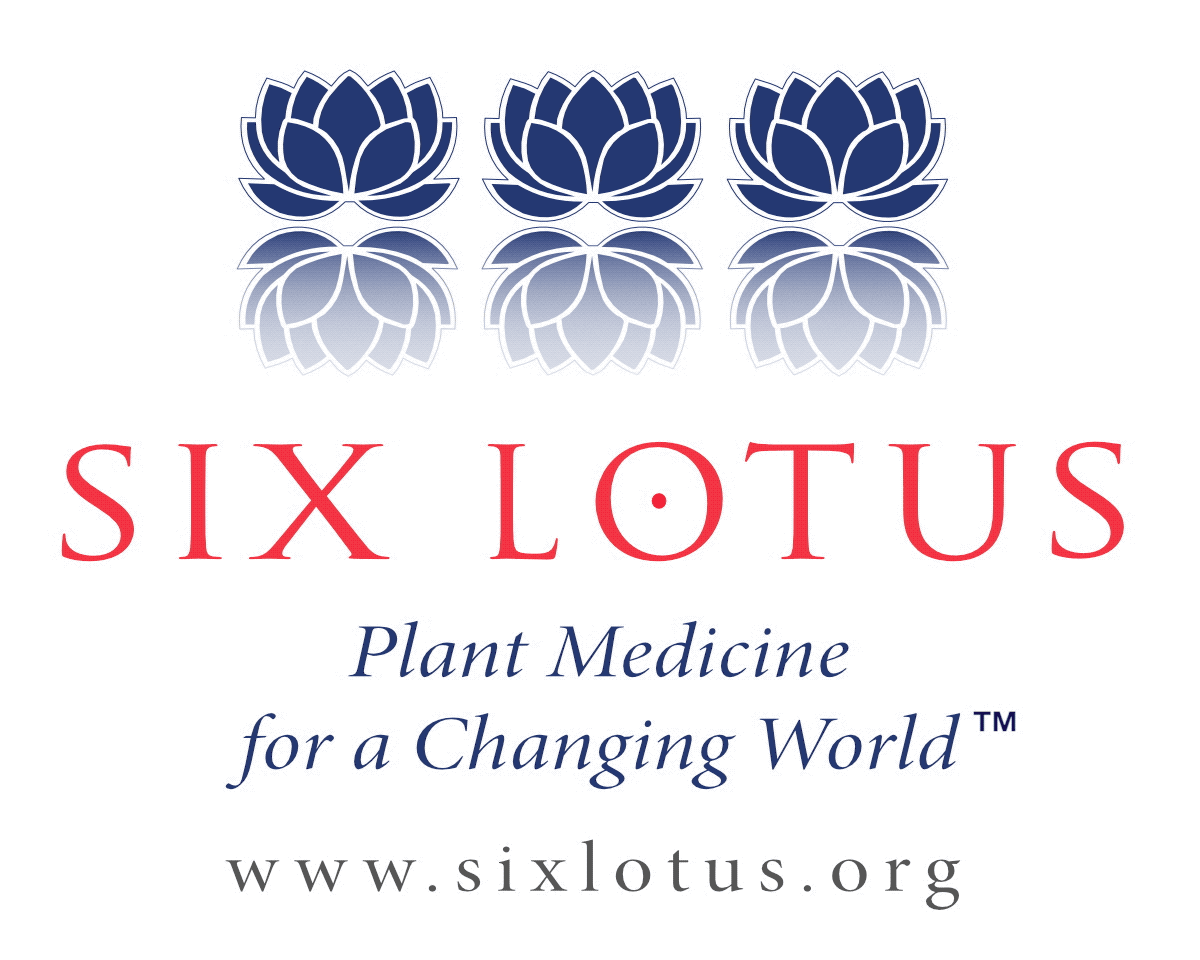Modular Phytochemical Foundations for Therapeutic Tinctures
We introduce a contemporary iteration of ancient plant-based medicine through a tripartite foundational tincture system. Each core formulation is based around Nymphaea caerulea (commonly referred to as blue lotus or blue water lily). These terms are used interchangeably, as both refer to plants with near-identical phytochemical profiles. Blue lotus contains aporphine alkaloids, flavonoids, and phenolic compounds, contributing to its antiviral, neuroprotective, and anti-inflammatory effects.
The Three Core Foundations
Core One – Immune Core
Core Components: Blue lotus, elemental zinc, with plants high in quercetin, chloroquine analogues, vitamin C, and vitamin D.
Primary Function: This core strengthens frontline antiviral defenses by enhancing zinc ionophore activity via plant-derived quercetin and chloroquine analogues, increasing intracellular zinc uptake to disrupt viral replication cycles. Chloroquine analogues also modulate endosomal pH, further limiting viral entry and maturation. Vitamins C and D regulate immune cell activation, dampen excessive inflammation, and reinforce epithelial and mucosal barriers. Quercetin contributes additional antioxidant activity, counteracting the oxidative stress generated during immune responses and preserving mitochondrial function critical to immune resilience.
Core Two – Neuro Core
Core Components: Blue lotus, chloroquine, vitamin D, vitamin A, plant-based calcium.
Primary Function: This core supports neuroprotection, nerve repair, and the structural integrity of tissues that maintain the neuroimmune interface. Vitamins A and D contribute to neurotransmission, myelin maintenance, and immune modulation, while also aiding epithelial regeneration and bone health. Chloroquine analogues provide anti-inflammatory and neuroimmune benefits. Plant-based calcium supports not only skeletal resilience but also calcium-dependent neuronal signaling, critical for brain function. The combined effect strengthens the gut–brain axis, enhances mucosal defenses, and protects neural tissue from degeneration.
Core Three – Metabolic Core
Core Components: Blue lotus, chloroquine, vitamin D, vitamin E, and quercetin.
Primary Function: This core targets cardiovascular, metabolic, and mitochondrial health through synergistic antioxidant and anti-inflammatory mechanisms. Quercetin (water-soluble) and vitamin E (fat-soluble) provide full-spectrum protection against oxidative stress, safeguarding cell membranes, lipids, and vascular endothelium. Vitamin D supports healthy blood pressure regulation, glucose metabolism, and endothelial nitric oxide synthesis, while chloroquine analogues reduce chronic low-grade inflammation and modulate lysosomal activity. Together, these actions improve lipid profiles, enhance mitochondrial efficiency, and protect against metabolic syndrome progression.
Phytochemical Substitution and Adaptability
Regional or seasonal plant substitutions are acceptable so long as phytochemical equivalency is maintained. The key is matching therapeutic compound content—such as quercetin, bioavailable calcium, or chloroquine analogues—to maintain efficacy.
Extraction and Preparation Methodology – Why 80 Proof Alcohol for Extraction?
Each tincture is produced via alcohol maceration using flowers, roots, barks, seeds, or powders. Extraction time varies by material but generally requires at least 8 weeks. We recommend ethanol at 80–95% proof, from organic or non-GMO sources, for its efficacy in extracting both hydrophilic (polar) and lipophilic (non-polar) compounds.
Polar (hydrophilic) compounds – The 60% water makes 80 proof effective at extracting water-soluble substances like:
Flavonoids
Glycosides
Tannins
Most alkaloids (some require higher ethanol)
Non-polar (lipophilic) compounds – Partial extraction. The 40% ethanol can extract some non-polar compounds (e.g., essential oils, resins), but not as efficiently as higher proofs (e.g., 95% ethanol). For these:
One will extract a smaller fraction of non-polar constituents.
Some essential oils and lipids will remain in the plant matter unless a higher ethanol concentration is used.
80 proof ethanol (40% ethanol) is a balanced solvent that can extract a broad range of both hydrophilic and mildly lipophilic compounds, making it excellent for general herbal tinctures. However, for maximum non-polar compound extraction, higher proof alcohol (e.g., 95%) is more effective.
Ideal Ethanol Percentages for Different Phytochemical Classes
1. Broad-Spectrum Extraction
Our tinctures contain a mix of:
Hydrophilic (polar) compounds: flavonoids, polysaccharides, tannins, glycosides (Urtica dioica, Althaea officinalis)
Lipophilic (non-polar) compounds: essential oils, resins, alkaloids (Commiphora myrrha, Schisandra chinensis, Valeriana officinalis)
40% ethanol is the compromise point: It extracts both fairly well without being too weak for microbial preservation or too strong to exclude mucilages.
2. Preservation and Shelf Stability
40% ethanol is strong enough to:
Inhibit microbial growth
Preserve delicate compounds for years
Maintain pH balance and solvent stability
3. Gut and Mucosal Tolerability
Many tinctures (e.g., AutoImmune, Post Chemo, Boneloss) include herbs for gut lining, mucosal restoration, or epithelial repair. High-proof alcohols can irritate these tissues if not buffered. 80 proof is gentler, making the tinctures more tolerable for sensitive populations.
4. Mucilage and Polysaccharide Preservation
Plants like Althaea officinalis (marshmallow root) and Ulmus rubra (slippery elm) need water content for mucilage extraction. At 80 proof, you preserve the soothing, demulcent action essential to many formulations.
5. Synergy Across Compounds
Formulas are not designed to isolate a single chemical; they depend on:
Adaptogenic synergy (Rhodiola, Schisandra, Astragalus)
Barrier repair + immune modulation
Neurotransmitter + vascular + hormonal co-activation
40% ethanol gives a therapeutically relevant cross-section of the whole plant matrix — the “entourage effect” of traditional medicine.
Summary
We’ve chosen 80 proof because our formulas depend on both polar and moderately non-polar compounds working together — mucilages, flavonoids, alkaloids, essential oils, and resins. This solvent strength offers the widest therapeutic coverage with good preservation, tolerability, and bioavailability.

